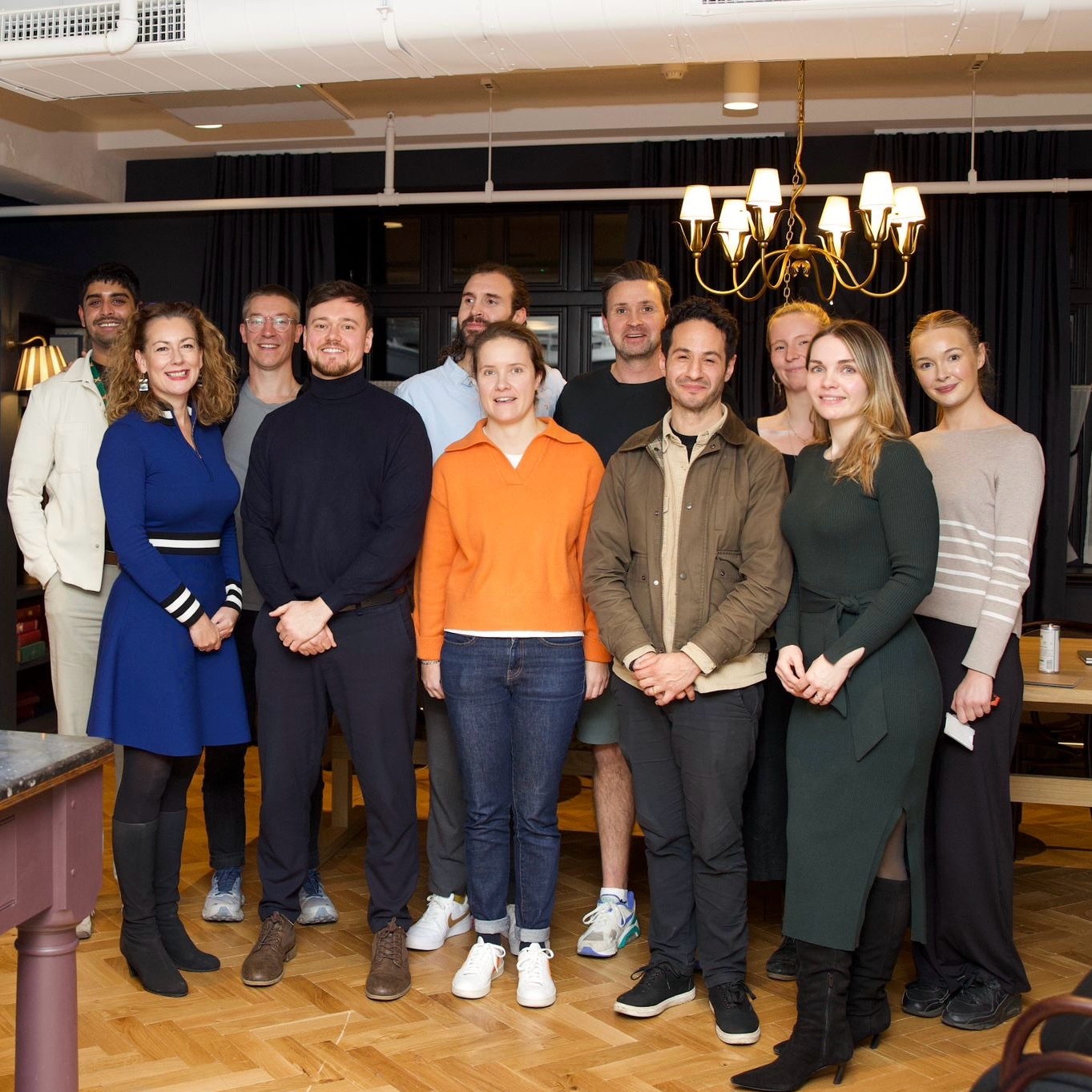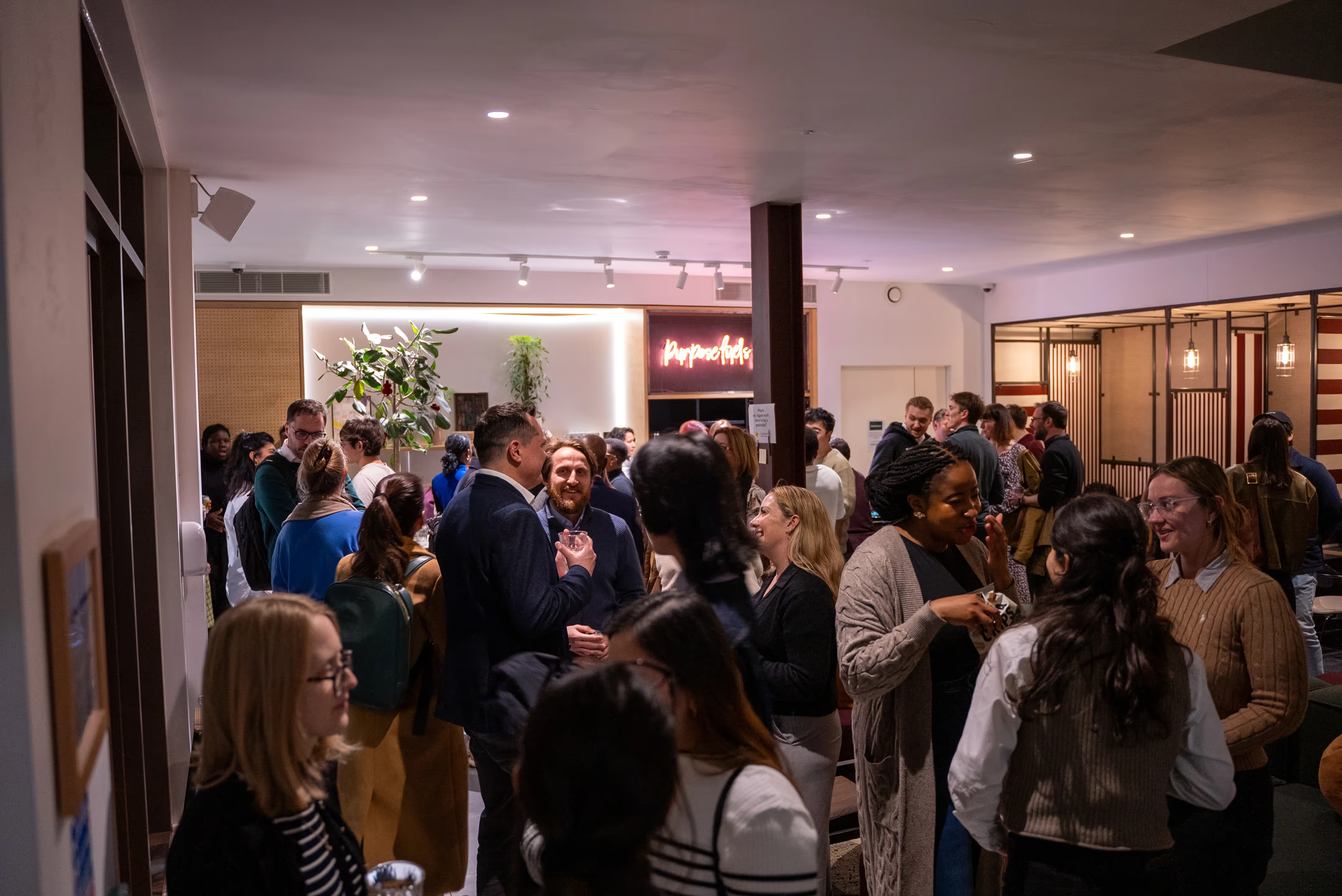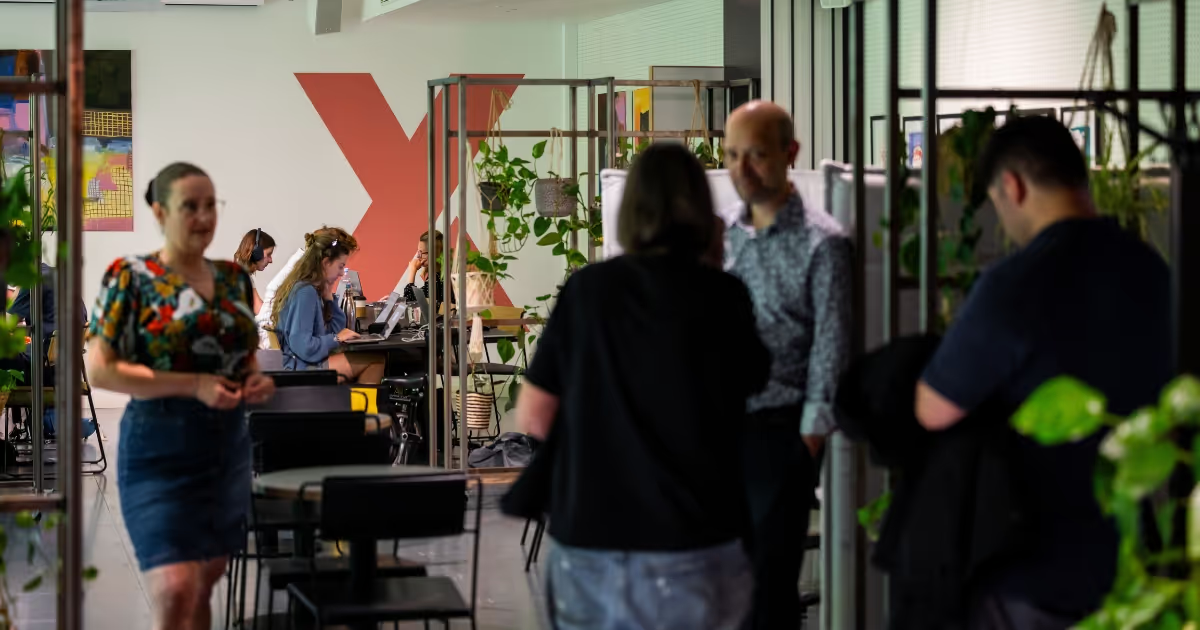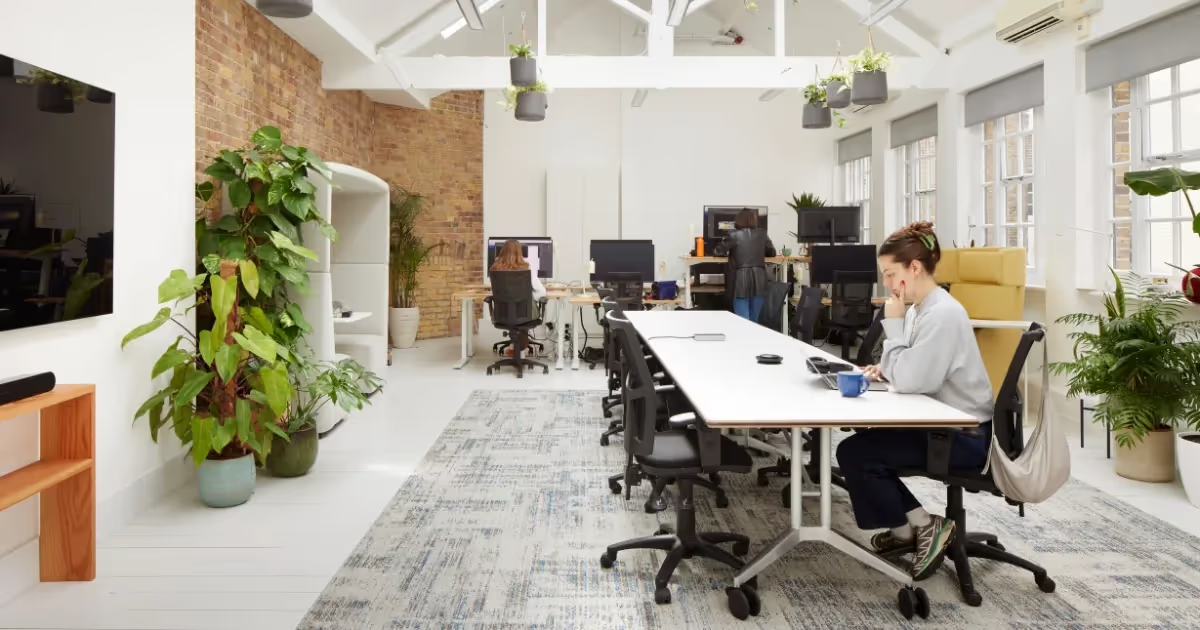In honour of plastic-free July we explore some of the best sustainable alternatives - from a holistic life-cycle perspective. Terms such as “recyclable,” “biodegradable,” or “organic,” all suggest a more sustainable use of resources, but all focus on a limited set of environmental impacts. Simply asking which of these practices is better for the environment may not be the right question. We take a look at some of the best alternatives using a broader perspective that considers the full “life cycle” of a product.
In honour of plastic-free July we explore some of the best sustainable alternatives - from a holistic life-cycle perspective. Terms such as “recyclable,” “recycled-content,” “biodegradable,” or “organic,” all suggest a more sustainable use of resources, but all focus on a limited set of environmental impacts. Simply asking which of these practices is better for the environment may not be the right question. We take a deeper look at some of the best alternatives using a broader perspective that considers the full “life cycle” of a product.
{{divider}}
Life-Cycle Approaches
{{divider}}
Many sustainable approaches focus on one area of the product life-cycle, this is usually the most visible - such as with plastic waste. The stages of a product’s life cycle include extraction of resources, manufacturing, use, and end-of-life management. Focusing on just one stage (such as waste management) or one effect (such as organically-raised or grown) can be misleading in total environmental impact.
{{divider}}
Governments and businesses can make better-informed choices with “life-cycle thinking,” or by considering the environmental impacts caused at all of the stages of a product’s life cycle. Rather than just production or waste in isolation, these impacts may include releases of pollutants to air or water; raw material depletion; loss of trees, vegetation and wildlife through disturbance of land and water ecosystems; and greenhouse gas (GHG) emissions.
{{divider}}
Life-cycle thinking can also cause us to reexamine some beliefs on what are the best choices for the environment. For example, not only whether packaging is easily recyclable or not should be considered, but also the production and transportation energy and GHG costs related to the composition and weight of the packaging. Life-cycle thinking can help us ask better sustainability questions, leading to reduced overall impacts and using our natural resources most effectively.
{{divider}}
It has only been in the last few decades that science has really been deeply exploring natural systems, how they work, what impacts our actions have on them, and which ways we humans can live within the life-sustaining capacity of our wonderful planet. This is therefore a new and emerging field that faces many challenges including accurate data-extraction from companies lacking in transparency and supply chain accountability. However it is an exciting space with promising potential for wide-spread implications.
{{divider}}
Hemp
{{divider}}
Termed by some as ‘nature’s purifier’ Hemp is an incredibly diverse sustainable material with an array of applications from Hempcrete in buildings, to clothing, textiles, healthcare and cosmetics. Hempcrete is said to be a carbon sink, fire-resistant, pest-resistant, strong insulator, which stores and releases moisture.
{{divider}}
Its growing conditions are also fantastic - the plant captures carbon dioxide from the atmosphere, quickly cleaning the air we breathe as a result. In fact, for every tonne of hemp produced, 1.63 tonnes of carbon is removed from the air, making hemp a much more effective sequester of carbon dioxide than trees.
{{divider}}
However this positive impact is only applicable to outdoor, organic growth. It should be noted that some hemp farms practice intensive indoor growing practices using artificial lighting which relies on fossil fuel consumption. This means that when grown locally and responsibly, hemp constitutes a highly sustainable, low-impact crop that can be converted into fabric sustainably.
{{divider}}
Bamboo
{{divider}}
This fast-growing renewable resource can replace plastic in items like tableware and drinking straws. It is lightweight, durable, and compostable, and its anti-microbial properties are making it popular with fashion and athleisure brands alike. The majority of the bamboo grown in different locations of the world is eco-friendly as it requires no pesticides or fertilisers and needs little water.
{{divider}}
Some sources say that bamboo is more sustainable than trees as it self-regenerates from its roots, which can thrive in even the most shallow, rocky soil. Bamboo matures in around 7 years so is also relatively slow growing, and shipping and air miles should be taken into consideration when considering more local alternatives.
{{divider}}
Steel
{{divider}}
Tough and easy to clean, stainless steel options for reusable food and beverage storage have multiplied in recent years. You can replace single-use cups, kitchen storage, lunch boxes, and more with this durable metal.
{{divider}}
Single-use plastic straws have become public enemy No. 1 in the global fight against plastic. Americans alone use up to 170 million per day single-use plastic straws a day, and because plastic straws are too flimsy to recycle, they end up in landfills or local environments.
{{divider}}
While bamboo may be a great alternative in some circumstances, it depends on where you’re located. As far as straws are concerned, it creates a large environmental footprint to ship from Asia, so steel straws, especially those produced more locally, would offer a greater alternative. Reusable steel straws generally make more sense for the environment because they last longer and can be sourced locally. Paper straws are also a better alternative for coffee shops and restaurants.
{{divider}}
Cotton
{{divider}}
Cotton is sustainable, renewable, and biodegradable, making it an excellent choice as an environmentally-friendly fibre throughout its entire product life cycle. Most chemical fibres are petroleum based, which means they come from nonrenewable resources.
{{divider}}
Conventionally-grown cotton is bad for the environment because of its high water consumption and pollution, soil degradation, greenhouse gas emissions, and use of harmful pesticides and fertilisers. By contrast, sustainable cotton is “cotton that's grown carefully” with environmental and economic aspects considered. One standard within sustainable cotton is organic, which does not need pesticides or insecticides and uses less water and energy.
{{divider}}
Wood
{{divider}}
A renewable resource, wood from sustainably-managed forests can replace plastic in household items like cleaning brushes, kitchen utensils and chopping boards. In days gone by, many things were packaged in plain paper. And while better than plastic, paper can’t be recycled infinitely because every time it’s reused, the fibres get shorter, limiting its use. Luckily all paper except the glossy kind is safe to put in your home compost.
{{divider}}
Cardboard is fully compostable at home as long as it’s not coated in, you guessed it, plastic. Many companies are now packaging their products in plain cardboard to cut down on waste. You can also use cardboard boxes to replace storage containers in your home.
{{divider}}
Bio-Pastics
{{divider}}
Bioplastics are biodegradable or compostable plastics made from natural substances instead of petroleum. The idea is that these new, earthier plastics can replace the harmful ones in our food and around our home. Unfortunately, most bioplastics don’t break down in home composts, landfills, or loose in the environment. Most require commercial composting facilities, which aren’t always available to the average consumer.
{{divider}}
Bioplastics can also contaminate municipal recycling programs when people unknowingly add them to their recycling. Many bioplastics even contain significant amounts conventional plastic. The solution, according to plastic pollution experts, is not to continue our reliance on single-use products with different materials, but to avoid single-use products altogether.
{{divider}}
Mushrooms
{{divider}}
A combination of agricultural waste and mycelium (mushroom) root, this home compostable product is “grown” on a hemp-flour mixture, and then dried to halt the growth process. It’s most commonly used to replace Styrofoam packaging. Similar developments include seaweed packaging which comes in edible and biodegradable grades, pressed hay which is being used for egg cartons in Poland, and banana leaves in Thailand which are being used to replace plastic packaging alongside bamboo. These days you can also find sustainable and vegan fashion using textiles such as Pineapple leather, from boutique brands such as Luxtra.
{{divider}}
Ceramics
{{divider}}
Around for millennia, pottery and other fired ceramics offer a stable, waterproof alternative that’s good for food storage and tableware, just be sure to look for non-toxic glazes. Improve the sustainability of ceramics by switching to green, renewable energy sources, reusing all unfired clays, glazes and other materials, and avoiding gas kilns.
{{divider}}
Glass
{{divider}}
Glass is inert, robust, inexpensive and infinitely recyclable. And since many food items come packaged in glass, upcycling glass jars into food storage is a no-cost way to give your food packaging new life. Jars from jam, honey, pickles, nut butters, and so much more can be added to your no-waste toolkit for shopping from the bulk bins. They can also be repurposed to store leftovers and homemade drinks, or decorated and turned into home-made gifts.
{{divider}}
Use Cold Instead Of Hot Water
{{divider}}
Small changes such as using less hot water for your showers or washing can also cumulatively make a big difference, while simultaneously being kinder to both your wallet and your skin! Liquid soaps, shampoos, and detergents have added enormous amounts of plastic waste to the environment. Look for bar soap and a shampoo bar for the bathroom, and opt for powders packed in recyclable containers for the laundry and kitchen.
{{divider}}
Find some items that are easy for you to swap so you can feel successful and ready to tackle another. Some swaps are much easier to make than others: finding cheese without plastic, for example, is still quite difficult, but local honey is readily available in glass, as are items like mustard and oil.
{{divider}}
Keeping in mind that anything you buy has an environmental footprint - though longer lasting than plastic, things made from glass, metal, and so on still take energy to make and transport. For these swaps to make sense, you need to use them over and over and over again. Buying well-made, durable products with a focus on quality over quantity will help ensure you get the most use from whatever you choose.



.png)
.avif)


.avif)


.avif)
.avif)



